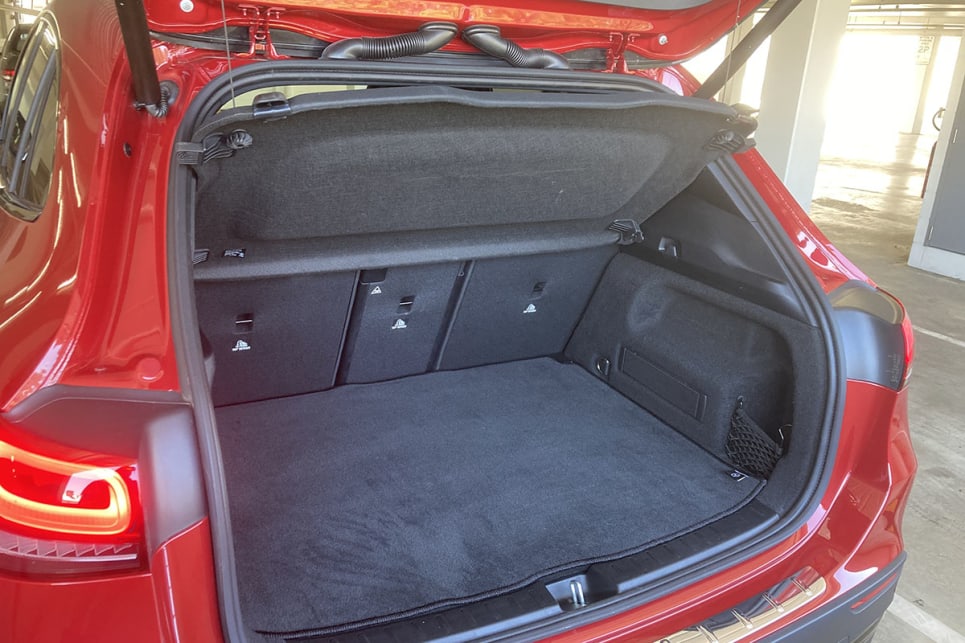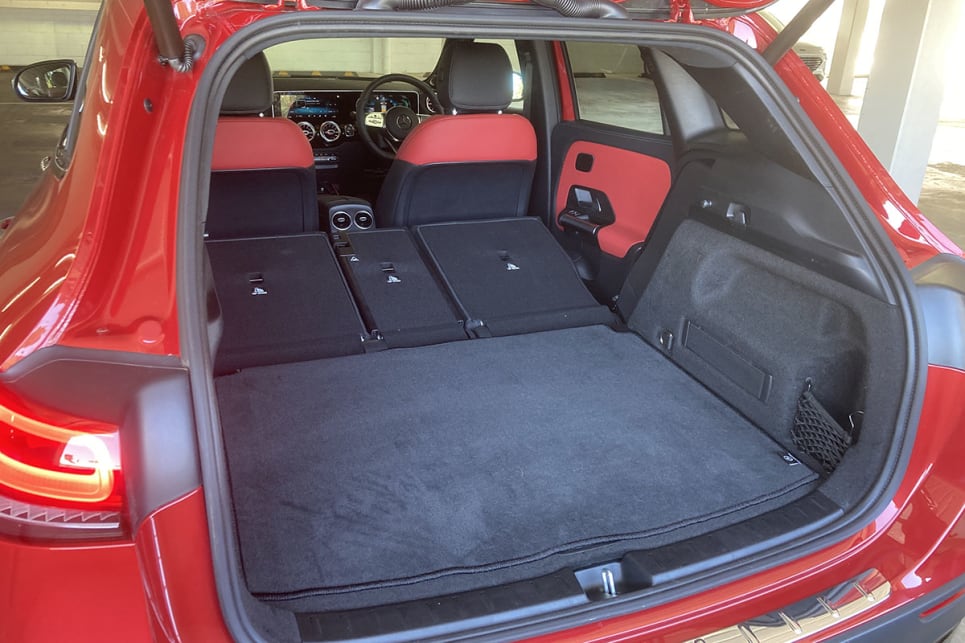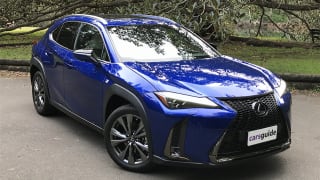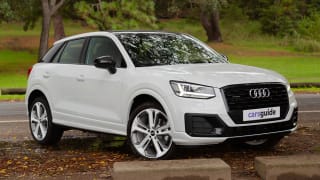The latest GLA’s evolved dimensions is presumably to put some space between it and its GLB 5+2-seater SUV fraternal twin, giving Mercedes-Benz blanket SUV market coverage. From GL (for Geländewagen, or off-road vehicle) A, B, C, E and S (as well as the G-wagen icon that started it all back in '79), there’s a premium option for everybody… if not every budget.
In the GLA’s case, the entry-level 200 front-driver starts from $55,100 (before on-road costs); moving up to the $66,500 250 4Matic, and then to two performance powerhouses – the AMG 35 4Matic and supernaturally fast AMG 45 S 4Matic+ flagship, from $82,935 and $107,035 respectively.
Even the base GLA 200 includes new and improved autonomous emergency braking (AEB) among other safety-related technologies, as well as the brand’s glamorous MBUX multimedia system with wireless Apple CarPlay/Android Auto, digital radio, satellite navigation, reverse camera, climate control, wireless phone charging, powered tailgate, automatic parking, auto high beam, rain-sensing wipers and 19-inch alloys.

All the extra techy stuff doesn’t come for free though – prices jump almost $10,000 over the less-powerful previous-generation GLA 180 that the 200 replaces – though we expect the former badge to return in time.
In contrast, the GLA 250 4Matic is ‘only’ $3500 more expensive than its predecessor, gaining a terrific 2.0-litre four-cylinder turbo instead of a Renault-Nissan-sourced 1.3-litre turbo, all-wheel drive (with an Off-Road Engineering Package that gives the car some very light off-road capability), and other niceties such as heated electric front seats with memory function, a panoramic sunroof, more direct steering and lowered suspension (for a sportier drive).
Note that adaptive cruise control costs extra – a curious oversight at this price point. It’s part of a $1531 optional Driving Assistance Package, which also includes Active Lane Change Assist, extended semi-autonomous driver assistance in traffic jams (meaning full stop/go capability) and route-based speed adaptation. Do it.

Our test car had it, along with a $915 Vision Package (includes fancier adaptive headlights and a 360-degree camera), $1915 Sports Package (with AMG styling upgrades inside and out, perforated disc brakes, privacy glass, shift paddles and lowered ‘Comfort Suspension’), a Night Package (less brightwork, more black finishes) and sports direct-steering with corresponding wheel), $1531 20-inch AMG Black alloys, a $1915 Communications Package with upgraded audio and head-up display among a litany of other gear, $2838 AMG Exclusive Package with adaptive dampers, cooled as well as heated front seats, an ‘Energising Comfort’ ambience-enhancing 'experience' and special leather upholstery, $1531 Patagonia Red metallic paint and $607 rear-seat fore/aft adjustment. Total cost after the added luxury car tax: $82,446. Gulp.
Not cheap in anybody’s language. Nor, for that matter, are the GLA’s rivals, which owe their existence to the original’s spectacular sales trajectory and the trail that this blazed last decade.

Lexus’ loaded UX 250h hybrid AWD and Audi Q3 Sportback 40TFSI quattro slip slightly below the standard GLA 250 for both pricing and power, while the BMW X2 M35i and its Mini Countryman JCW cousin, along with Jaguar’s E-Pace E250, also offer in-the-same ballpark pricing but quite a bit more space as well as pace.
It’s also worth noting that Volvo’s XC40 T5 AWD conspicuously undercuts all from just $57,000, though now we’re talking about putting square pegs into round holes. Speaking of which…



















